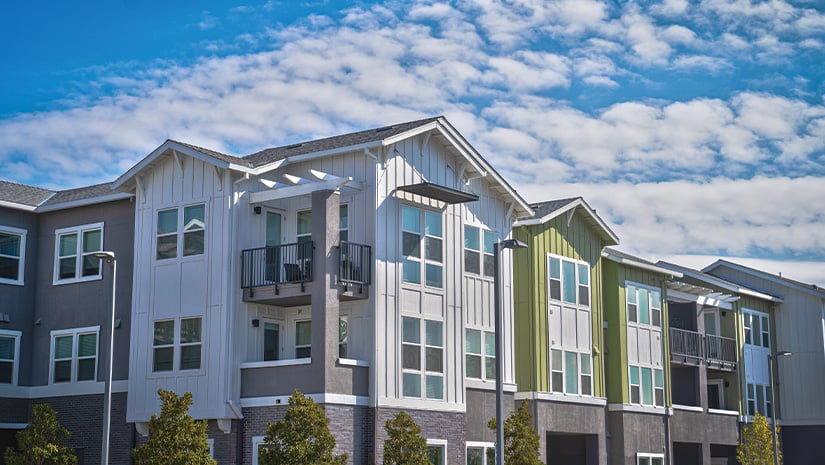
Companies invest in their multifamily assets year-round, and their CAPEX strategy should reflect that. Bring more precision to your capital decisions.
In multifamily real estate, capital expenditures (CAPEX) are a continuous and essential part of managing operations and maintaining a competitive portfolio of multifamily assets.
Interim CAPEX analysis, especially when aligned with the IRS’ Tangible Property Regulations, can help multifamily owners and operators turn everyday capital projects into strategic financial advantages.
The reality: CAPEX is built into the business
Multifamily properties face distinct capital demands:
- Frequent unit turnover drives recurring investments in flooring, appliances, and finishes
- Common areas and amenities require modernization to attract and retain tenants
- Major systems like HVAC, plumbing, and roofing are often replaced across multiple buildings
- Deferred maintenance and tenant satisfaction compete for limited capital budgets
Yet many owners and operators wait until year-end to evaluate how these costs are treated for financial and tax reporting, potentially missing opportunities for accurate interim reporting, better decision-making, and timely deductions.
The response: Interim CAPEX reviews
The IRS’s Tangible Property Regulations (TPRs) provide essential guidance on which costs must be capitalized and which can be expensed. However, applying these rules within the multifamily sector — particularly across properties with multiple buildings, shared systems, and recurring improvements — requires a nuanced understanding of real estate operations, applicable accounting frameworks, and tax law.
Interim CAPEX reviews offer a proactive approach to navigating this complexity. Rather than waiting until year-end, multifamily owners who conduct monthly, quarterly, or semi-annual reviews can make more informed decisions throughout the year.
These reviews can help clarify whether a unit refresh qualifies as a repair or must be capitalized, whether a replacement constitutes a betterment or restoration, and whether there might be an opportunity for a partial asset disposition. These also help confirm that capitalization thresholds are applied consistently across your portfolio.
By integrating interim reviews into your financial workflow, you can identify deductible repair and maintenance costs in real time, maintain consistent capitalization policies across a multifamily portfolio, and apply TPR rules proactively to reduce taxable income, where appropriate.
This approach can equip ownership and key stakeholders with more accurate data for budgeting and forecasting, while also reducing surprises during tax season, audits, and investor reporting.
Stronger reporting. Smarter outcomes. Year-round confidence.
At CLA, we help multifamily owners and operators bring clarity and control to their capital spending through interim CAPEX analysis. Our approach is designed to align with a property management’s operating model and long-term goals, offering:
- Customized CAPEX tracking and classification strategies
- Real-time application of TPRs
- Tax planning insights that reflect the true economics of capital investments
- Seamless coordination across tax, assurance, and property accounting teams
This proactive strategy doesn’t just improve reporting; it empowers better decisions, enhances investor confidence, and reduces surprises at year-end.
